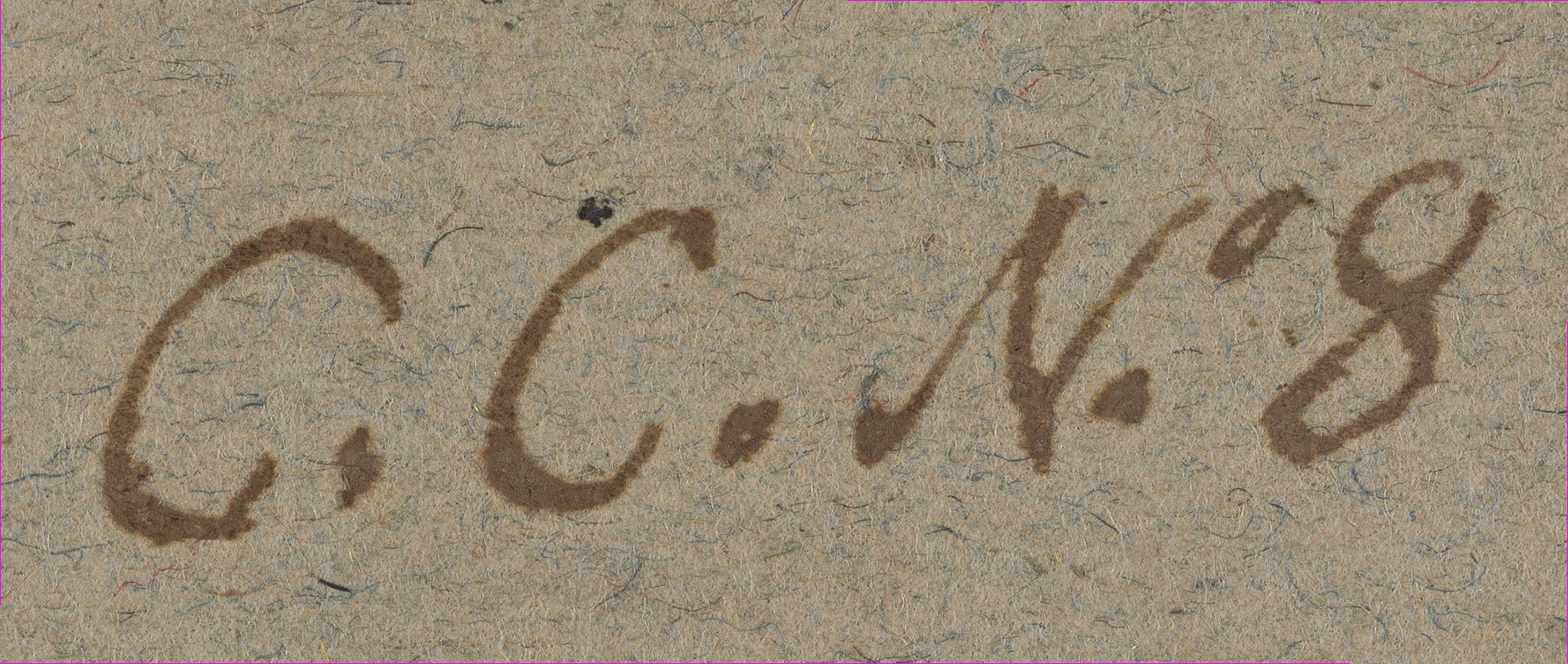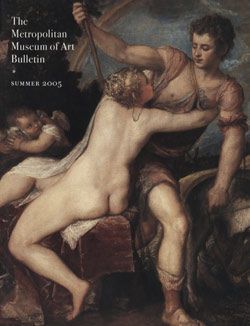Studies for The Allegories of Love
Paolo Veronese (Paolo Caliari) Italian
Not on view
Drawn with awesome rapidity and a dazzling economy of means, this sheet of sketches attests to Veronese's extraordinary powers of invention as a storyteller. Here, he explored a variety of solutions to motifs that he later used in four canvases of the "Allegories of Love" painted around 1575 (National Gallery, London). Veronese may have studied the figures from sketchy clay models, as suggested by the frequency with which he drew the same figures from different angles. To judge from the final paintings, it is clear that he shuffled figures, poses, and points of view from scene to scene but made use of all the design elements in this sheet.
On the right, immediately below the studies for "Happy Union", appear two sketches of an open keyboard instrument; above, it is seen from the front, below, it is seen from the side, played by a winged putto. This putto musician appears at lower left in the painting traditionally called "Infidelity." This composition is rapidly sketched two-thirds of the way down the sheet at the right. Here there are a number of differences between drawing and painting, including the fact that the putto musician at the left of this sketch appears in back view.
Due to rights restrictions, this image cannot be enlarged, viewed at full screen, or downloaded.
This artwork is meant to be viewed from right to left. Scroll left to view more.






